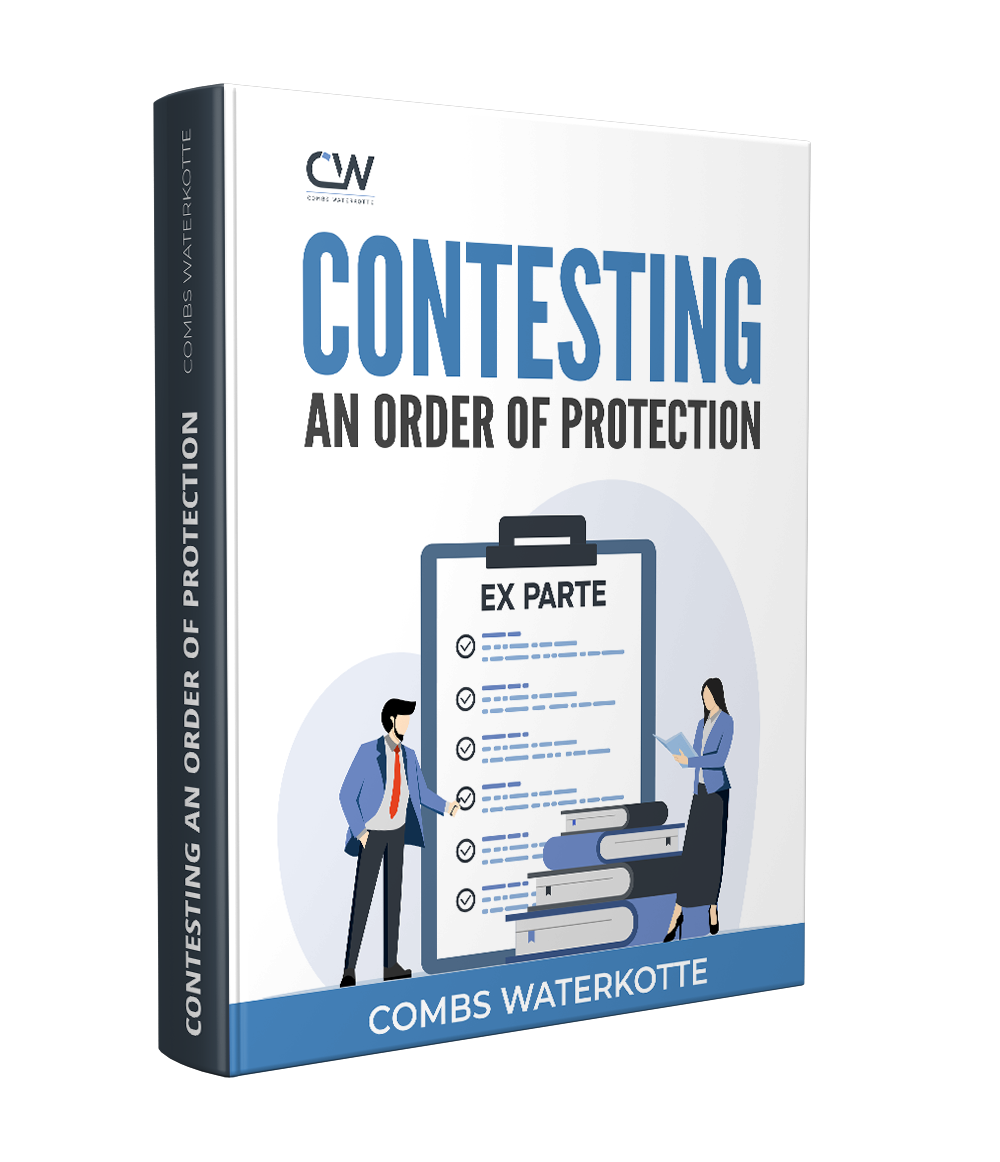What Is the Burden of Proof for an Order of Protection in Missouri? In Missouri, the burden of proof required to obtain an order of protection depends on the type of order being sought: an ex parte order or a full order of protection. These orders are legal tools designed to protect individuals from domestic violence, harassment, stalking, or abuse. An ex parte order is a temporary order to be held in place until a full order hearing is held within 15 days. At the full order hearing, a judge can grant the order for up to one year, which can be extended in some cases.

Ex Parte Order of Protection: Good Cause Standard
For an ex parte order of protection, the petitioner (the person seeking protection) must demonstrate to the court that there is good cause to issue the order. The good cause standard means that the petitioner must show that they, or their child, are in immediate danger of harm. This is a lower standard than what is required for a full order of protection because the ex parte order is temporary and meant to provide emergency relief until a full hearing can be held.
What “good cause” means in practice:
-
In an ex parte hearing, only the petitioner is present, and the judge makes a quick decision based on the information in the petition. The court does not require extensive evidence, but the petitioner must convince the judge that immediate action is necessary to prevent harm or abuse. Common reasons that meet the good cause standard include:
- Threats of violence
- Recent physical abuse or harassment
- Stalking or credible threats to the petitioner’s safety
Once the judge grants an ex parte order, it takes effect immediately and remains in place until the respondent is notified and a full hearing is held—typically within 15 days.
Full Order of Protection: Preponderance of the Evidence Standard
At the full hearing, both the petitioner and the respondent are present, and the burden of proof is higher. The petitioner must prove their case by a preponderance of the evidence, meaning they must show that it is more likely than not (over 50% certainty) that the events they described occurred and that they need protection from future harm. This is a higher threshold than the “good cause” standard used for the ex parte order.
- Petitioner’s Responsibility:
The petitioner must provide sufficient evidence to demonstrate that ongoing or future harm is probable without the protection of the court. This evidence can include:
- Police reports from past incidents
- Medical records showing injuries
- Text messages, emails, or social media posts that demonstrate harassment or threats
- Witness testimony from friends, family, or others who can corroborate the petitioner’s story
- Respondent’s Defense
At the full hearing, the respondent (typically through an order of protection defense lawyer) has the opportunity to challenge the petitioner’s evidence and tell their side of the story. The respondent can:
- Provide evidence showing that the petitioner’s claims are exaggerated or false
- Present an alibi or other proof that refutes the petitioner’s account
- Cross-examine the petitioner to reveal inconsistencies or inaccuracies
If the court finds that the petitioner has met the preponderance of the evidence standard, a full order of protection will be issued, typically lasting up to one year, with the possibility of extensions.
The good cause standard for ex parte orders means that temporary orders of protection are often easier for petitioners to obtain. However, once both parties present their case at the full hearing, the court’s decision is based on the preponderance of the evidence. This means the respondent has a better opportunity to challenge the claims, but the lower standard (compared to criminal cases) means petitioners only need to prove their claims are more likely than not true.

Free book
Telling Your Side of the Story: Contesting an Order of Protection
We specialize in defending individuals served with orders of protection in Missouri. We’ve published this ebook to help you understand the process, build a solid defense, and protect your rights.
Served With an Order of Protection? Call Combs Waterkotte
If you are facing a protection order or preparing for a full hearing, you need a St. Louis restraining order defense attorney for the best resolution in your case. Contact us online or call (314) 900-HELPfor a free consultation to discuss your options, build your defense, and ensure that your rights are protected throughout the legal process.






